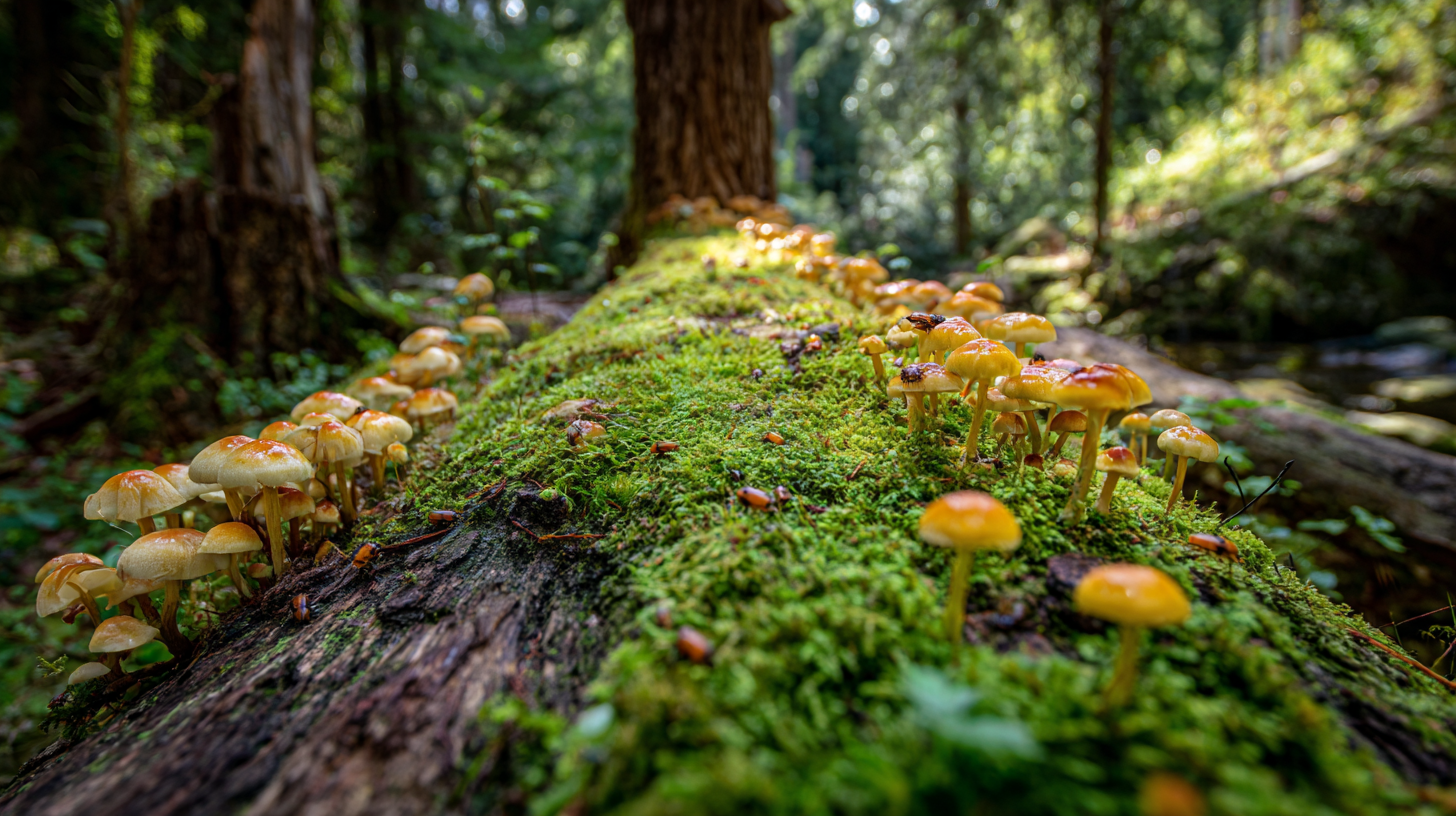Xylophilous: Meaning, Examples, and Easy Sentence Use

Nature contains specialized lifeforms, each perfectly adapted to its ecological niche. Among these, xylophilous organisms stand out for their unique ability to thrive in or on wood.
Unlike common vocabulary, scientific terminology like this belongs to specialized letter X words that precisely describe natural phenomena.
This interesting term offers scientific intrigue and everyday applications.
It blends biology, linguistics, and environmental awareness into one compelling concept that demonstrates nature’s remarkable specialization strategies.
What Does “Xylophilous” Mean?
The term xylophilous represents a precise scientific classification. It describes organisms with specific habitat preferences and survival strategies.
Learning such x words improves our ability to communicate complex biological concepts with accuracy and precision.
Understanding this word opens doors to appreciating the complex relationships between different organisms and their preferred environments in natural ecosystems.
Xylophilous comes from two Greek roots: xylo- meaning “wood” and -philous meaning “loving” or “fond of.”
Thus, xylophilous literally means “wood-loving.” As an adjective, it describes organisms that live on or in wood or prefer to grow on wood substrate.
Definition: Living in or on wood; attracted to or preferring wood as a habitat.
Usage in Science: Used especially for fungi, beetles, bacteria, and other organisms that colonize decaying or living wood.
Etymology and Origins
Scientific terminology often reflects historical developments in biological understanding, and xylophilous exemplifies this linguistic evolution.
The word emerged in the 19th century as biology organized and classified relationships between living things and their habitats.
“Xylo-” is a common prefix meaning wood, found in other English words like “xylophone” (wood-sounding instrument). “-Philous” comes from the Greek “philos,” meaning loving, fond of, or attracted to.
Xylophilous Examples in Nature

The natural world showcases numerous examples of xylophilous organisms across different taxonomic groups, each demonstrating unique adaptations for wooden environments.
These organisms play crucial roles in forest ecosystems and nutrient cycling processes.
1. Fungi
Xylophilous Fungi: Many mushrooms and molds are specially adapted to break down wood, recycling nutrients back into the ecosystem.
Famous examples include Trametes versicolor (Turkey Tail), Ganoderma lucidum (Reishi), and Pleurotus ostreatus (Oyster mushroom).
Role: These fungi feed on cellulose and lignin, the tough fibers in wood, helping decompose fallen logs and dead trees.
2. Beetles
Woodboring beetles: Beetles like the bark beetle (Scolytinae) and the powderpost beetle (Lyctinae) spend much of their life cycle inside wood, feeding and laying eggs.
Ecological Impact: These beetles aid decomposition and nutrient recycling, but can also damage lumber and living trees.
3. Bacteria and Microbes
Microscopic xylophilous bacteria initiate decomposition by breaking down lignin and cellulose structures with specialized enzymes.
These microorganisms soften fibers and create pathways for larger decomposers to access nutrients.
Their continuous activity accelerates nutrient cycling, changing dead timber into rich organic matter that improves soil fertility and supports forest ecosystem health.
4. Other Examples
Termites: While not classified as “xylophilous” specifically, termites show a wood-loving lifestyle by constructing colonies and feeding mostly on wood.
Certain mosses, lichens, and tiny animals (like wood fleas) live exclusively on logs and wooden surfaces in forests.
Why Are Xylophilous Organisms Important?
Understanding the ecological significance of xylophilous organisms reveals their essential contributions to forest health and environmental balance.
These specialized creatures perform functions that maintain ecosystem stability and support biodiversity across woodland habitats.
The xylophilous lifestyle is vital for ecological balance:
Decomposition: By feeding on dead wood, xylophilous organisms break down tough plant materials, releasing nutrients that sustain other life forms.
Habitat: These organisms change fallen trees into rich microhabitats for insects, amphibians, and small mammals.
Forest Health: They speed the recycling of carbon and minerals, help control pest populations, and even influence tree growth by attacking unhealthy or dying trees.
Easy Sentence Use
When using “xylophilous” in conversation or writing, the word is straightforward but impressive. Here are simple examples:
- “Mushrooms growing on the old log are xylophilous fungi, recycling nutrients back into the soil.”
- “Some beetles are xylophilous and spend their entire lives within the wood of fallen trees.”
- “Foresters monitor xylophilous insects to protect healthy timber from infestation.”
- “The woods are full of xylophilous life, turning dead trees into thriving ecosystems.”
- “Our biology class studied xylophilous bacteria that break down rotting wood in the forest.”
Everyday Relevance
While “xylophilous” may sound technical, it connects directly to environmental conservation and ecological health.
Whenever you see a fallen tree covered in mushrooms or spot a beetle burrowing into wood, you’re witnessing xylophilous organisms in action.
Gardeners might encounter xylophilous fungi as both beneficial decomposers and potential plant pathogens.
Homeowners may need pest control solutions, since some xylophilous beetles cause structural damage to houses through wood infestation.
Expanding Your Vocabulary
Using “xylophilous” enriches both scientific understanding and everyday expression. It’s perfect for nature lovers, students, and anyone curious about ecology.
If you’re wondering how to pronounce X words like “xylophilous” correctly, mastering these pronunciation rules will boost your confidence when discussing scientific topics.
Try incorporating it into your conversations about hikes, gardening, or reading about wildlife.
Nature’s Wood Lovers
Xylophilous – a word meaning loving, preferring, or thriving in wood – refers to vast arrays of life forms essential to the breakdown and renewal of forests.
From humble mushrooms to industrious beetles and bacteria, xylophilous species comprise hidden armies working beneath bark, powering cycles of life and death in wooded habitats.
These organisms demonstrate nature’s remarkable ability to specialize and adapt to specific environments.
By understanding and appreciating xylophilous creatures, we gain insight into the beauty and complexity surrounding us.
Next time you walk through woods and see life sprouting from logs, remember you’re observing the world of the xylophilous – nature’s wood lovers, working tirelessly to maintain forest health.
Share your own observations of wood-loving organisms in nature below.






